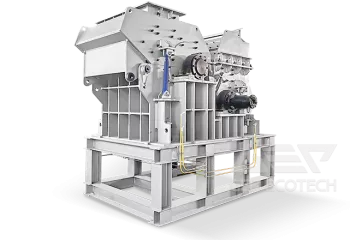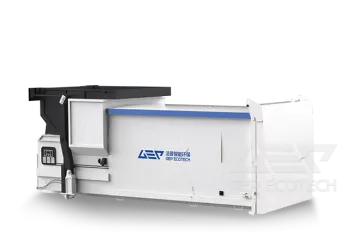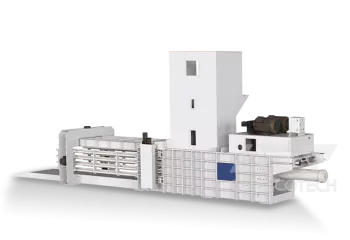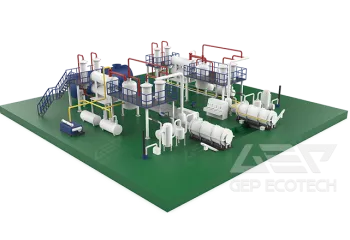Screw conveyors are widely used in various industries for the efficient transport of bulk materials. Depending on the material characteristics and operational requirements, there are two main types of screw conveyors: shafted screw conveyors and shaftless screw conveyors. While both serve the same basic function—moving materials from one point to another—their design differences lead to distinct application scenarios.
Shafted Screw Conveyors: Ideal for Structured, Dry Materials
Shafted screw conveyors feature a central shaft along the length of the screw, which provides structural integrity and allows for higher torque transmission. They are commonly enclosed in a tubular or U-trough housing and are typically supported by hanger bearings at intervals.
Application Scenarios:
- Dry, granular, or free-flowing materials such as grains, cement, powders, and pellets.
- Inclined or vertical conveying where the material needs to be lifted over a height.
- Long-distance conveying thanks to the support from intermediate bearings.
- Industries like agriculture, construction, chemical processing, and manufacturing.
Advantages:
- High efficiency for structured and non-sticky materials.
- Capable of longer conveying distances with less wear.
- Precise material control and predictable flow rate.
Shaftless Screw Conveyors: Designed for Sticky, Wet, or Sludgy Materials
Shaftless screw conveyors are designed without a central shaft, allowing for a wider and more open spiral design. This design significantly improves the ability to handle materials that are sticky, stringy, viscous, or irregularly shaped—materials that would typically clog or damage shafted systems.
Application Scenarios:
- Wastewater treatment plants for transporting dewatered sludge, screenings, or grit.
- Food processing for conveying sticky food waste, dough, or byproducts.
- Municipal and industrial waste handling for organic waste, biomass, or other semi-solid materials.
Advantages:
- No intermediate bearings, which reduces clogging and maintenance.
- Better suited for corrosive, abrasive, or entangled materials.
- Flexible layout, including tighter bends and vertical configurations.
Choosing the Right Conveyor: Shafted vs Shaftless
The decision between a shafted and shaftless screw conveyor depends on factors such as material characteristics, cleanliness requirements, space constraints, and maintenance preferences. In general:
| Feature | Shafted Screw Conveyor | Shaftless Screw Conveyor |
|---|---|---|
| Best For | Dry, granular, free-flowing materials | Sticky, wet, irregular, or bulky materials |
| Maintenance | Requires bearing maintenance | Minimal internal maintenance |
| Length | Suitable for long distances | More effective for short-to-medium distances |
| Flow Consistency | Very consistent | Moderate consistency, but higher adaptability |
| Wear Risk | Lower for dry materials | Higher, but compensated by design flexibility |
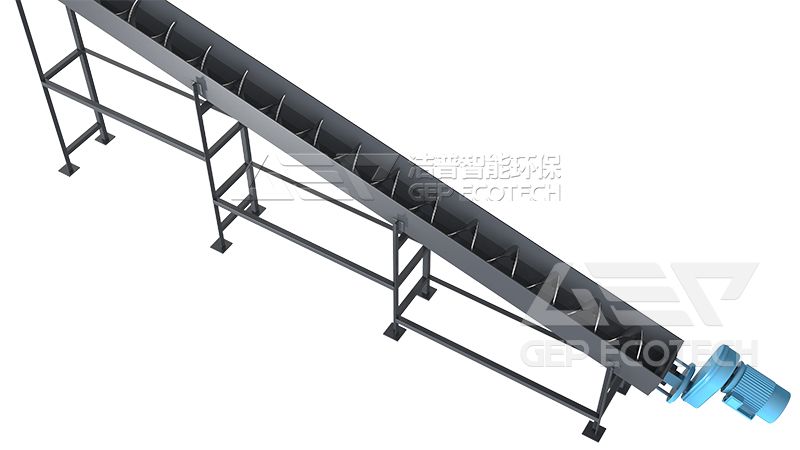
Both shafted and shaftless screw conveyors offer unique advantages tailored to specific materials and environments. Shafted conveyors excel in clean, dry, and continuous applications, while shaftless systems thrive in tough, sticky, and unpredictable conditions. Understanding the strengths and limitations of each helps ensure reliable performance, reduced downtime, and optimized material handling for your operation.


